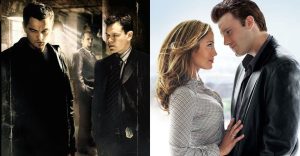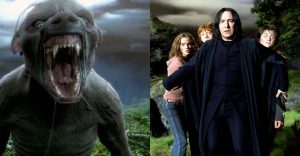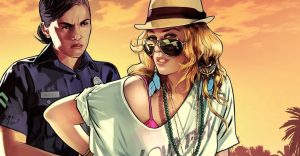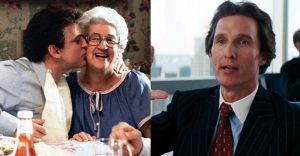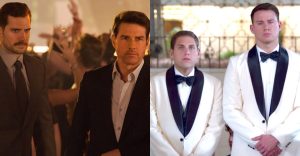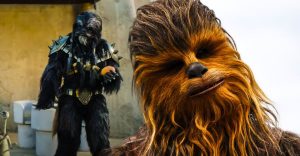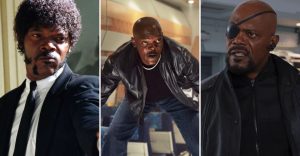Disney/Pixar’s Brave: 10 Aspects Of Scottish Culture Explored In The Film
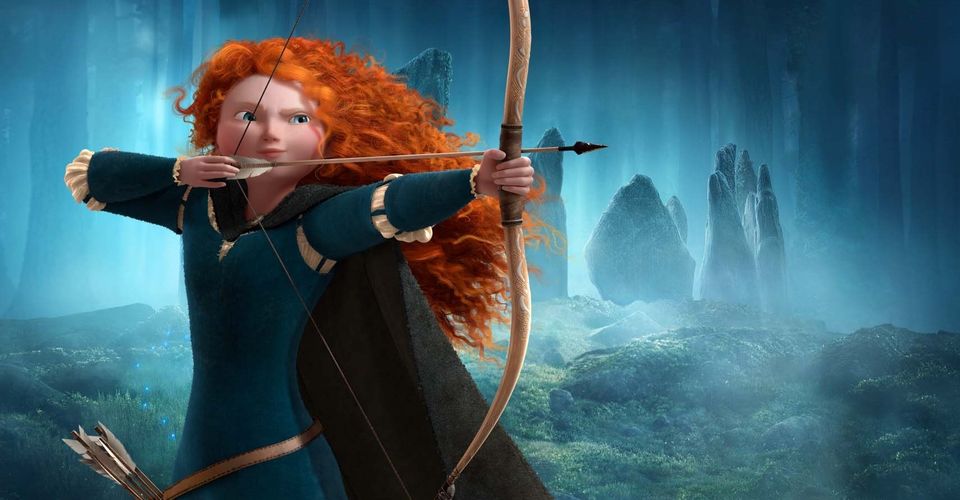
Taking place in medieval Scotland—that’s right, not Ireland—Disney and Pixar produced Brave with great attention to Scottish detail. Though the film takes some creative liberties regarding Merida’s coming-of-age story, Scottish culture oozed from the setting and narrative. From the clothing to the incorporation of lore and supernatural entities, this tale of breaking and mending the familial bond is one meant for the ages.
Here is a look at 10 aspects of Scottish culture that the production studios incorporated in this Celtic tale of destiny, fate, and the supernational lines that a princess should never cross.
10 The Will O’ The Wisps

The wisps in this film are more than move magic. The incorporation of the whimsical entities hearkens supernational lore. They are disembodied lights that are meant to lure travelers off the beaten path. Some legends state they have mischievous tendencies, while others claim they help guide people toward their destiny. A commonality with these supernatural figments is that they are made of souls, like in the film Brave. The most famous Western iteration of the Will o’ The Wisp is in the Jack o’ Lantern.
9 The Bear Legends

Bear legends are rampant in Scotland. Many clan attribute bears and the sewing of them as a great feat. One of those clans is Clan Forbes.
The legend of Mor’du is inspired by a compilation of these beliefs. Pixar and Disney also created a seven-minute animated short of the Legend of Mor’du, and this animated Short can be found on Disney+.
8 The Stone Circle Superstition

While cultures all around the world have been historically documented with a fascination for stone circles, Scotland is one of the most prominent regions. Known to be created for rituals and activities of that nature, many superstitions arise around these monuments, and some claim that the stones have magical properties. This is also seen in STARZ’s hit show, Outlander.
7 The Clan Tartans

The plaid pattern most commonly attributed to Celtic heritage is known as tartan. A tartan may be worn as a kilt, sash, dress, wrap, or cloak. This pattern is to distinguish clan households from one another.
Each color stands for something in the clan’s origination, region, and/or reputation. This is why each of the Clan kilts looks vastly different in the movie.
6 The Highland Games

The Highland Games are made up of traditional components and tests of strength, balance, and character. Among the games there’s archery, tug-of-war, shot put, and the iconic caber toss. These games are still done today in modern festivals that work to acknowledge and pay respect to traditional Scottish culture.
5 Merida’s Shire Horse, Angus

Angus, Merida’s beloved steed, is a Shire breed. A hearty breed of horse, a shire can pull wagons and carry heavy equipment. Though it did not originate in Scotland, the breed came from England, and, with England and Scotland being sister nations, this breed of horse is rather common in this era and region.
One of the tallest breeds of horses, the Shire would have been an exemplary mount for nobility. This feeling of superiority is, in loose terms, where the phrase, “get off your high horse” came from.
4 The Fashion of Medieval Scotland

Whether you were a princess or a peasant, there were strict rules centered on clothing in this era; however, a commonality was the distinction of wealth. The higher classes wore more elaborate gowns while the lower wore simpler patterns. Nobles were privy to exotic silks, as can be seen when Merida’s mother is dressing her up to meet her possible suitors. This was a display of wealth and standing.
3 Arranged Marriages

In Medieval Scotland, arranged marriages were a common thing among the high classes and nobility. Born from King Fergus and Queen Elinor, Merida was a high-ranking daughter of a Clan leader. Historically, she would have been placed into an arranged marriage to keep peace among different Scottish clans.
2 The Countryside

The countryside is not only a sister land to Ireland’s Emerald Aisle, but it is also a few of its own. The creators of Brave were deeply inspired by the landscape and countryside of Scotland and used real locations as inspiration for the film.
Some of the locations include Donnattar Castle in Stonehaven and Calanais Standing Stones in the Isle of Skye.
1 Storytelling As Entertainment

Throughout many cultures, verbal storytelling was a prominent form of entertainment, and this is especially true for Scottish culture. Without televisions and smartphones, this Celtic culture was privy to published books and word of mouth.
While not every Scottish resident in the medieval era was literate, verbal storytelling was the best way to tell a tale. King Fergus and Merida both share a love for storytelling. Merida does so to entertain her little brothers, while King Fergus tells stories to other Clan leaders in hopes of entertaining them and also building up his reputation.
About The Author










